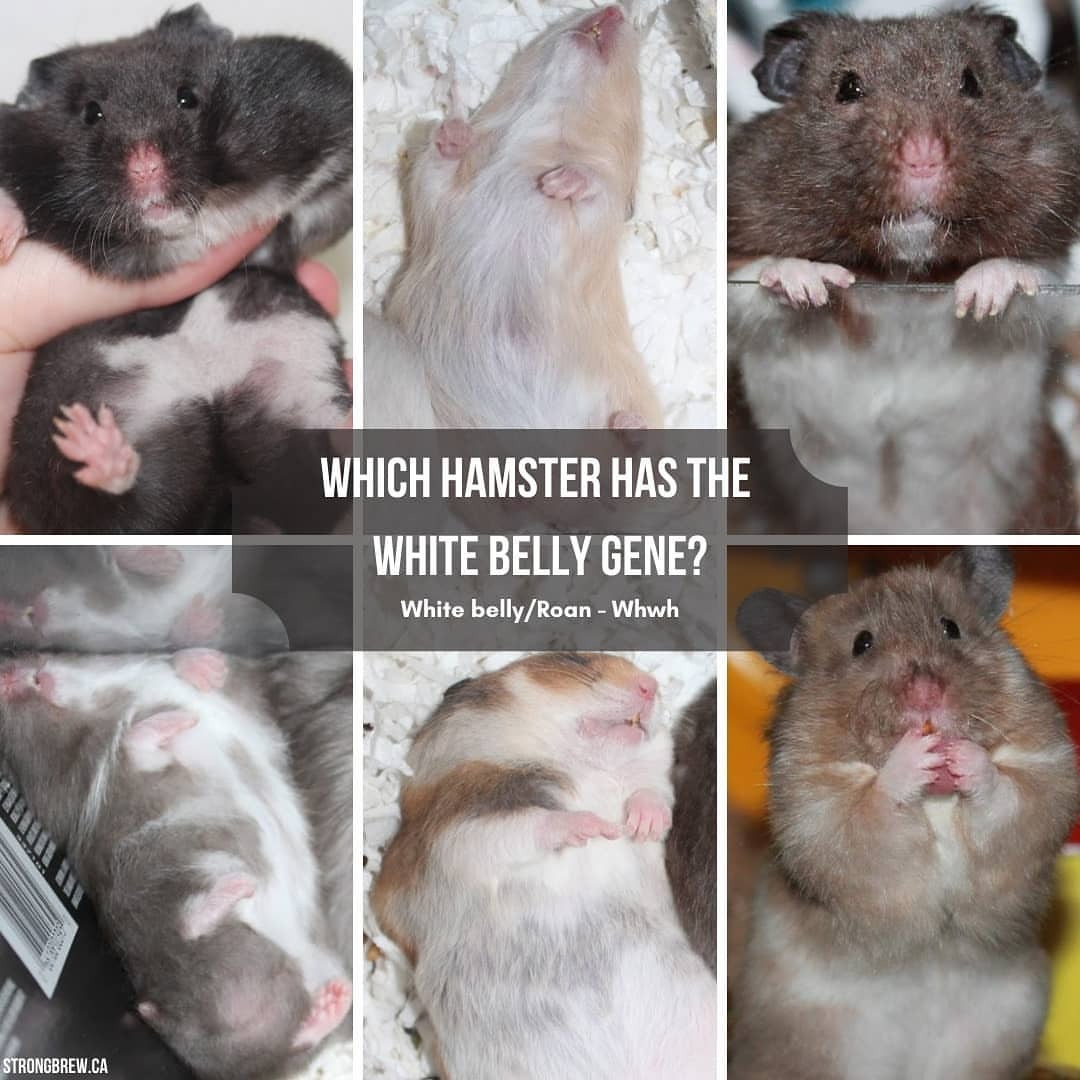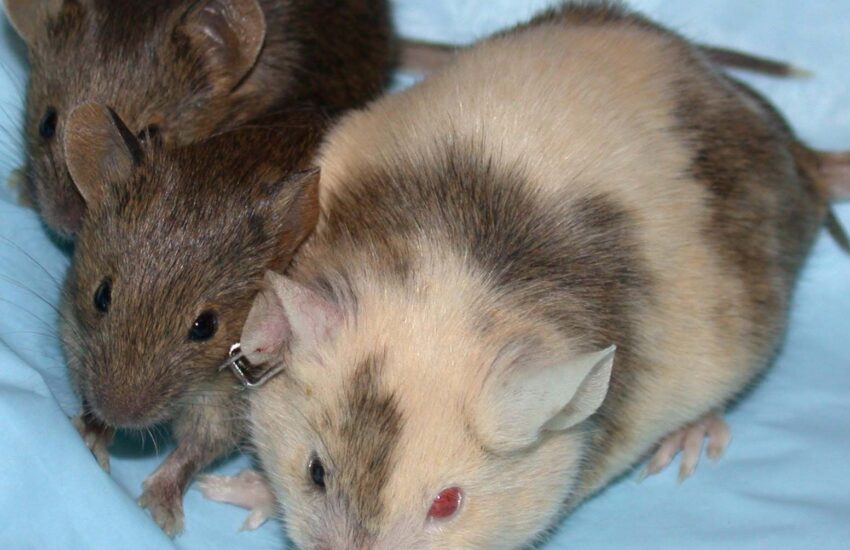Understanding Hamster Genetics
Hamsters are delightful pets that fascinate many people, not only because of their adorable features but also due to the genetic diversity within the species. Understanding hamster genetics is essential for breeders, pet owners, and those interested in these charming creatures. In this article, we’ll explore the fundamentals of hamster genetics, focusing on traits, breeding practices, and the implications of genetic variation. Whether you’re a seasoned hamster enthusiast or a curious newcomer, dive in to discover the exciting world of hamster genetics!
Basics of Hamster Genetics
Hamster genetics deal with the variations in traits and characteristics passed from one generation to the next. Each hamster has a set of genes that influence colors, fur types, and even behavior. The primary types of hamsters kept as pets include the Syrian hamster, the dwarf Campbell’s hamster, the Roborovski hamster, and the Russian dwarf hamster, each exhibiting unique genetic traits. By studying these genetics, we can better understand hereditary traits, which can influence breeding decisions. Research indicates that traits such as **fur color**, **coat patterns**, and **size** can all be defined by specific genes within these species, making genetics a fascinating subject for hamster lovers.
Understanding Inheritance Patterns
Inheritance in hamsters operates on Mendelian principles, where traits can be dominant or recessive. For example, if you were to breed a golden Syrian hamster (dominant) with a black bear (recessive) hamster, the offspring would likely display the dominant golden coloration. Understanding these patterns helps breeders predict outcomes and maintain desired traits in future generations. For instance, combining different colors and fur types thoughtfully can lead to distinct offspring, enhancing the genetic diversity and beauty of the breed.
Genetic Variation and Health
Genetic variation is crucial for maintaining healthy hamster populations. Breeding two hamsters with similar traits can lead to inbreeding, increasing the chances of genetic disorders. To avoid this, it’s essential to have a diverse breeding pool. Healthy hamsters tend to exhibit vibrant colors and strong physical attributes, whereas those resulting from inbreeding may face challenges such as weaker immune systems or specific hereditary conditions. Therefore, understanding genetics not only serves aesthetic purposes but is vital for the well-being of these little pets.
Breeding Practices for Desired Traits
Those interested in breeding hamsters often have specific traits in mind, whether it’s to produce a certain coat color or size. Proper **breeding practices** should be followed to achieve these goals responsibly. This includes selecting healthy breeding pairs and maintaining genetic diversity to prevent issues associated with inbreeding.
Choosing Breeding Pairs
Selecting the right breeding pairs is key to achieving desired traits. Breeders should start with hamsters in excellent health—this means no signs of genetic disorders or abnormal traits. For example, by pairing a long-haired Syrian hamster with another long-haired variant, breed enthusiasts can expect a high likelihood of long-haired offspring. Keeping detailed records of ancestry can guide breeders in making educated choices on future pairings.
Monitoring Offspring and Evaluating Traits
Once the breeding occurs, it is essential to monitor the offspring’s development closely. Breeders will want to note physical attributes like color and fur density, which can help evaluators align the traits with their breeding goals. A practical example of this may involve tracking a litter of hamsters to see how genetics manifest variety; specific traits can become clearer as the hamsters mature. Evaluating each hamster allows breeders to keep the best specimens for future breeding cycles, continually improving their lines.

The Role of Genotype and Phenotype
In hamster genetics, it’s essential to distinguish between genotype and phenotype. The genotype refers to the genetic makeup of the hamster, while the phenotype refers to the observable characteristics. Thus, two hamsters can have the same phenotype but different genotypes. This distinction is vital for breeders as they can focus not only on observable traits but the underlying genetics that govern these traits.
Applications in Breeding and Genetics Testing
Thanks to advances in **genetics testing**, breeders can make well-informed mating decisions. DNA testing can reveal genetic conditions and carrier statuses, truly amplifying the knowledge around the genotype of hamsters. For instance, if a buyer is focused on creating healthy lines of hamsters free of inherited diseases, testing the genotype might indicate if certain traits are linked to potential health issues. Moving forward with this information promotes responsible breeding, essential in maintaining healthy populations.
Ethical Considerations in Hamster Breeding
Ethical breeding practices are imperative in hamster genetics. Aside from simply focusing on colors and traits, breeders must consider the welfare of the hamsters involved. Prioritizing PET-quality hamsters means not breeding them to the point of exhibiting distress or anemia. Furthermore, etiquette dictates responsible breeding limits to prevent overpopulation and ensure that hamsters find loving homes, making awareness of genetic traits essential in ethical practices.
Conclusion
In conclusion, understanding hamster genetics enriches our appreciation for these delightful creatures and aids breeders in making informed decisions. From knowing the fundamentals of inheritance patterns to noting the differences between genotype and phenotype, each aspect plays a vital role in responsible breeding. Encouraging genetic variation through ethical practices leads to strong, vibrant, and healthy pet hamsters. As we continue to explore and understand hamster genetics, we empower ourselves to make better choices for their health and happiness.
FAQ
1. What are the common genetic traits in hamsters?
Common genetic traits in hamsters include variations in **fur color** such as golden, black, and cream, differing fur types like short and long hair, and diverse patterns including banded and marked coats. Each breed showcases distinct characteristics due to these genetic differences, and responsible breeding practices help maintain these attributes across generations.
2. How can I identify potential genetic issues in hamsters?
Identifying genetic issues in hamsters typically involves monitoring for abnormal physical traits or conditions. Common genetic disorders can manifest as susceptibility to infections, abnormal fur growth, or compromised immune systems. Regular veterinary check-ups and genetic testing provide valuable insights into any potential hereditary health concerns.
3. Can I breed hamsters with similar traits?
While you can breed hamsters with similar traits, it’s crucial to manage the risk of inbreeding, which increases the chances of genetic disorders. To maintain genetic diversity, consider choosing partners that display different backgrounds, ensuring healthier offspring and a robust lineage.
4. What is the impact of genetics on hamster behavior?
Genetics can indeed influence hamster behavior. Certain lines may show more docile traits or exhibit specific behaviors that you can trace through their genetic lines. Understanding these traits can be beneficial when determining how to handle hamsters and what type of social interactions to facilitate.
5. How does mate selection affect a hamster’s genotype?
Choosing mates wisely directly affects a hamster’s genotype. Breeding attractive traits may create desirable phenotypes for show or adoption but can lead to issues if not managed properly. Sticking to ethical breeding standards guarantees that mated pairs promote healthy genes in their offspring, ultimately affecting the health and longevity of future generations.
6. Should I get a genetic test for my pet hamster?
A genetic test for your pet hamster can provide valuable information, especially if you plan to breed. Knowing the genetic conditions and traits present in your hamster can guide decisions to avoid potential health issues later. It’s a responsible step towards promoting the welfare of your hamsters.
